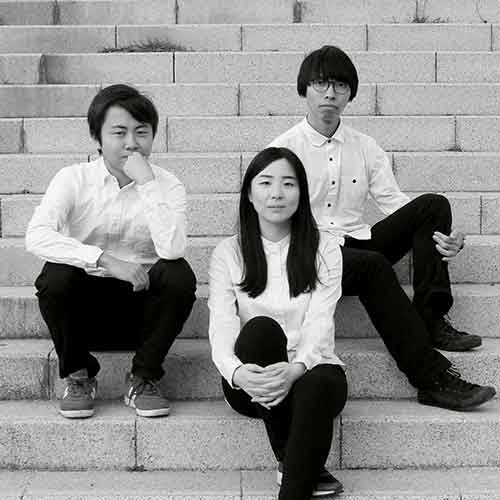 FINALIST
FINALIST
Vase to Pray -8.9Nagasaki-


Category : GENERAL
By Vase to Pray Project (Japan)
This entry features a 3D scanned and printed disfigured vase which was disfigured from hot air reaching temperatures between 2000 and 4000℃. The disfiguration of the vase occurred more than 70 years ago, when the atomic bomb was dropped on Nagasaki.
The idea and thought process behind making the Vase to Pray was to create an opportunity for young people to consciously think about peace.
In Japan, more than 70 years have passed since the end of the war, and so there are real grave concerns that the young generations of today are thinking less and less about peace. In this day and age, when we can get our hands on any information we want, no matter how important that information is, if people don’t have the desire to get a hold of it then it is not accessible. I embarked on making this works as I believe that there is a need to create opportunities to learn about peace. So, we leveraged contemporary technology and created a work that can serve as a catalyst to encourage the next generation to think about peace using a new experiential approach.
I received special permission to borrow the bottle, which is an artifact displayed in the Nagasaki Atomic Bomb Museum. I then scanned the vase with a Microfocus X-Ray CT System to create the 3D data. Based on that data, I made the vase with a nylon powdered 3D printer.
This work could be considered as an art piece aiming to convey the experience of being witness to the horror of atomic bombs, and at the same time, a practical craft product to put flowers in and pray for peace. We faithfully reproduced the historical materials kept strictly in the Nagasaki Atomic Bomb Museum by CT scanning and 3D printing technology. By using this process, you can pick up invaluable historical materials with your own hands in many different places, which was not previously possible in a place such as a museum.
[As Art]
The work is used to convey the experience of being exposed to the atomic bomb to the young generations by creating the new opportunity of touch.
In the exhibition held in Tokyo and Nagasaki in July 2107, audience members are allowed to touch the work directly. The words of the survivors from the atomic bombing are stated along with the work.
[As a Vase]
By placing cut flowers in the vase, you can feel that you are praying for peace personally in your daily life.
Additionally, because this work enables the audience to touch the objects, not just look or listen to it, this piece offers a new prospect of peace education for blind children.
3D printer
MEMBER
- Designer
- Nanae Maiguma
- Product Advisor
- Naoki Takahashi
- Design Planner
- Konosuke Sawada

JUDGES, COMMENTS
-
Shiho Fukuhara
Artist
Co-Founder, BCL / CEO, Poiesis LabsIt is interesting how this work poses people’s problems with the big theme of “an archive of memories”. Keeping the war in our memory, which can be considered the worst possible deed humans can do, and nuclear weapons, the most ghastly of science’s discoveries, is very important. By showcasing this theme through a beautiful vase, the examiners asked whether this would be appropriate in telling history, and not undermine the atrocity of war. This discussion shows how much storytelling an object can do. This work, which enters our everyday lives as a memory of the bombing of Nagasaki, could become a “product” rather than a piece of art. By becoming a product, it could lead to unexpected conversations about war in everyday life.




